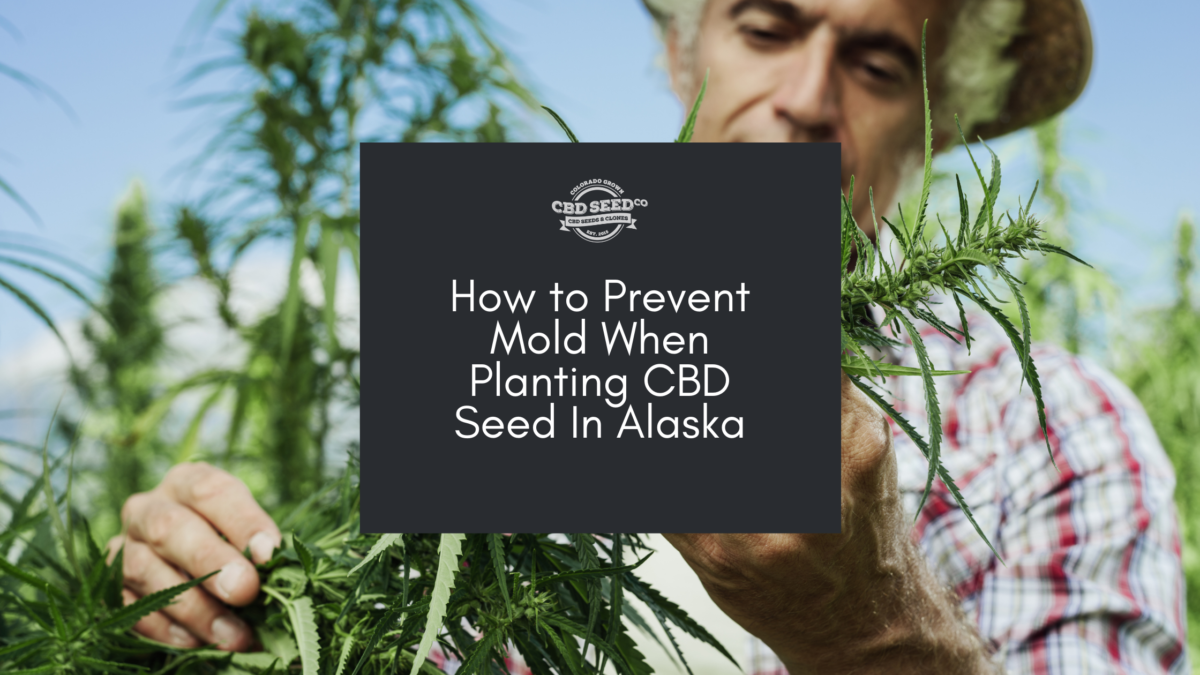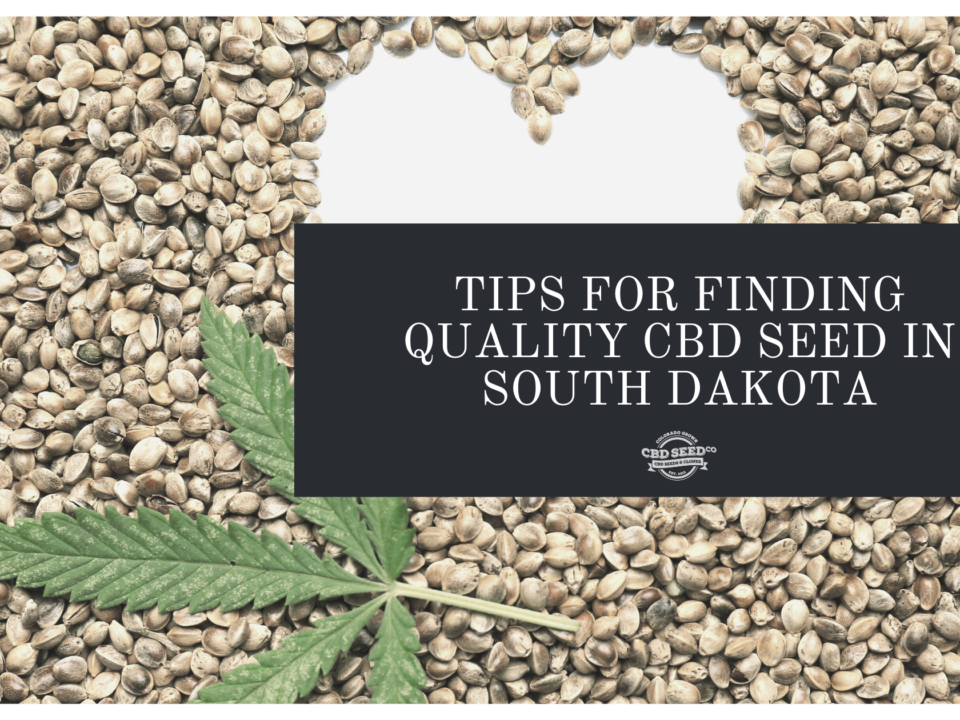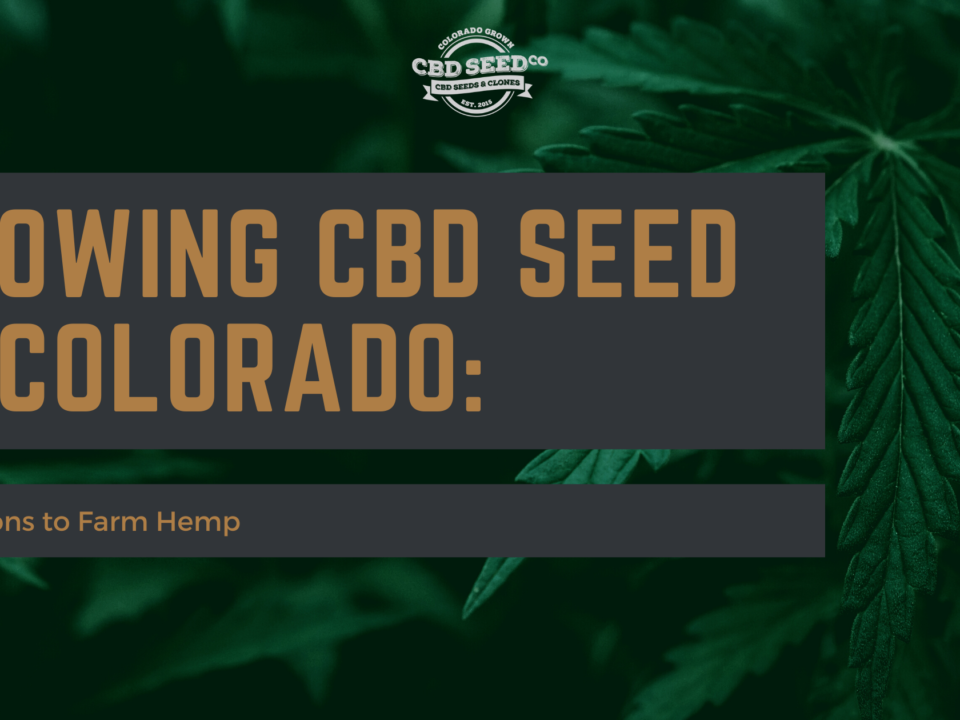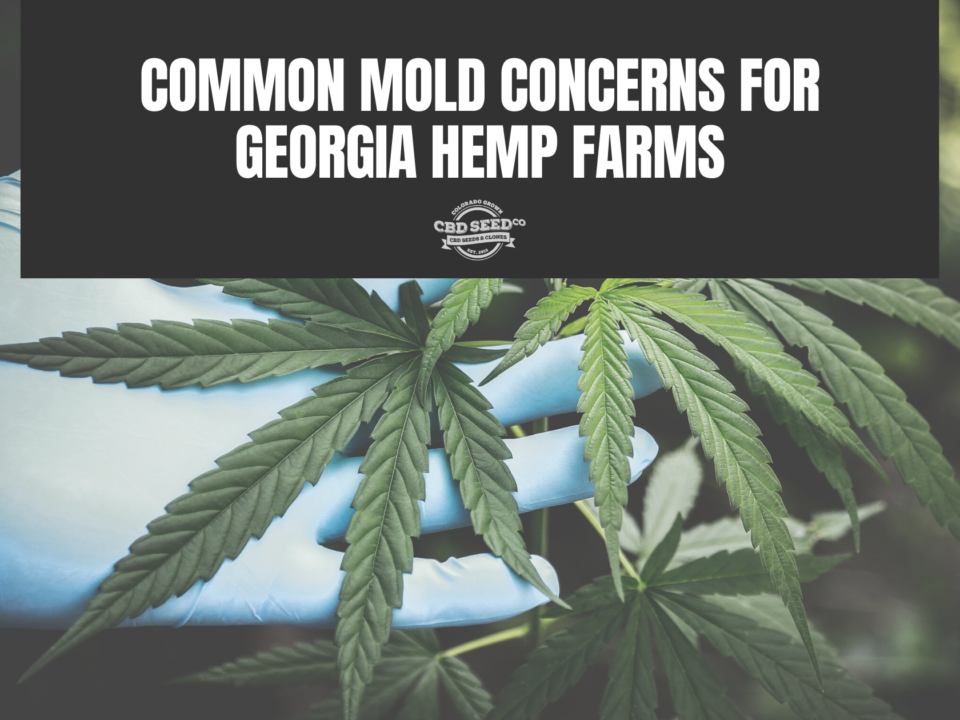How to Prevent Mold When Planting CBD Seed In Alaska

Tips for Purchasing CBD Seed In Massachusetts
October 23, 2020
How to Prevent and Treat Mold When Planting CBD Seed In Arkansas
October 27, 2020Hemp is known for being a more durable, resilient plant when it comes to pests and disease. However, hemp can still be vulnerable to mold concerns, especially for those cultivating hemp for CBD. Since hemp flower is prone to absorbing moisture, this reveals a vulnerability for mold issues. If mold appears on your hemp crops, it can rapidly impact your farm leading to reduced yields and even a completely ruined harvest. For farmers interested in planting CBD seed in Alaska, here’s what you need to know when it comes to mold prevention and treatment.
Understanding How Mold Works
Mold is a type of fungus that can spread through the air through its microscopic spores that land on various surfaces. Mold serves as a decomposer in nature, helping break down organic material and return the nutrients to the soil. Mold needs the following things to thrive: moisture, stagnant air, darkness, and humidity. When it comes to planning mold prevention, it’s best to eliminate these important ingredients that are required for growth.
Common Types of CBD Hemp Mold In Alaska
- Fusarium: Fusarium is one of the most threatening molds to hemp since it can happen quickly and has the capability of ruining your entire crop. This mold works by attacking the root system of the plant. Farmers may notice signs of wilting plants but once this symptom is revealed, it’s usually too late. There’s not a lot a farmer can do if they experience a significant fusarium attack.
- Sooty mold: Named after its appearance, sooty mold leaves a thin layer of soot on the leaves of your hemp. This type of mold actually doesn’t directly eat your crops but rather feasts on the common insects that may inhabit your plants. Sooty mold won’t directly affect your hemp but can impact sun exposure for hemp leaves. With limited sun exposure, photosynthesis is disrupted and affects the growth and health of your plants.
- White mold: Characterized by the dark brown lesions it causes on hemp stems, these lesions create vulnerabilities that lead to easy breakage.
- Powdery mildew: If you see white dust on your plants, this is usually a sign of powdery mildew. Powdery mildew may not be as big of a concern for Alaska farms since it typically thrives in hot, humid environments with minimal airflow. Due to the high humidity here, it’s best to ensure proper airflow to prevent this. Another symptom of powdery mildew is yellow-brown ascomata.
- Gray mold: Gray mold typically finds wounds or openings in hemp plants before attacking but can also impact healthy, undamaged plants. Farmers will notice gray-brown or brown spots on their wet hemp buds as well as yellow discoloration on the stems. Gray mold destroys hemp flower and poses health risks for users.
How to Prevent Mold When Planting CBD Seed In Alaska
As mentioned before, the best prevention tactic is to withhold the key ingredients needed for mold to grow. Greenhouses are always recommended for outdoor growing since they allow you to better control the environment. While hemp cultivation is more popular outdoors due to lower financial investment and limited infrastructure, there are still mold prevention techniques that you can utilize for your farm.
Indoor Hemp Mold Prevention Tips
- Invest in a hygrometer in order to monitor the temperature and humidity
- Purchase a dehumidifier
- Design an effective exhaust system
- Install fans above and under your hemp plants for better airflow
- Replace your HVAC filters at least once a month
- Install UV lights in your HVAC system to kill mold spores
- Invest in high-quality HEPA filters
- Consider antimicrobial flooring and surface film
- Trim foliage as plants reach maturity– cut off bottom leaves and buds for better airflow and bigger top buds
- Inspect daily for mold
Outdoor Hemp Mold Prevention Tips
- Plant your CBD seed with proper spacing
- Consider early finishing varietals or autoflower seeds to compensate for cooler temperatures in Alaska
- Cover your crops with tarps during long, heavy rainstorms
- Plant your CBD seed in the most direct sunlight possible
- Set up fans in your field after rainfall
- Invest in a drip irrigation system
- Inspect daily for mold
Hemp Mold Treatment for Alaska Farms
Being proactive is crucial for mold treatment. Checking plants daily and identifying any potential molds in the early stages is important for the success of your farm. If there are just a few mold spots, you may be able to save the plant by removing the impacted areas. If the plant is already deeply impacted, it’s best to remove the plant and monitor the other plants in its surroundings. Hemp treatment will vary on a case to case basis– consult with an experienced hemp farmer for more guidance.
Invest In CBD Seed That’s Resilient to Mold
CBD Seed Co. is honored to provide some of the most resilient CBD seed available on the market. We’ve spent over five years in research and development in order to create the strongest genetics with high CBD low THC ratios. For more information regarding how to prevent and treat mold, please contact us!





